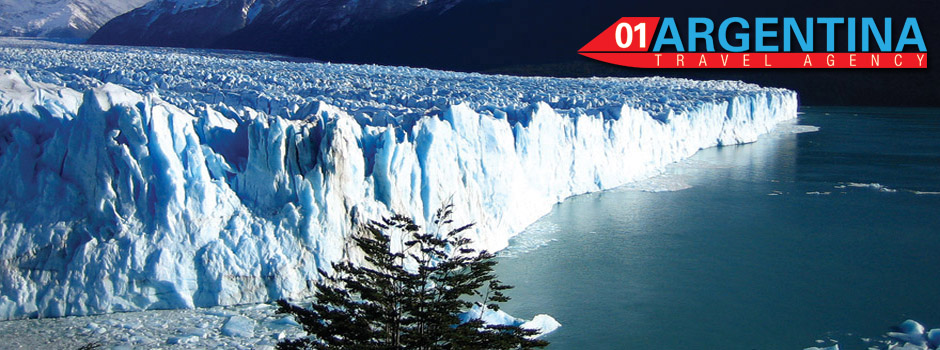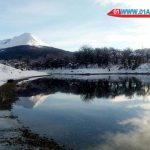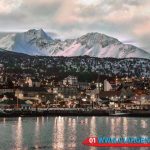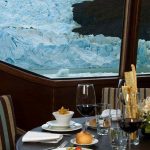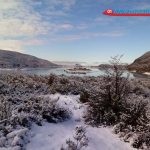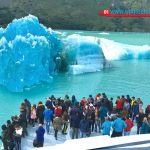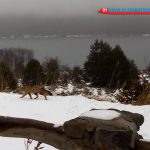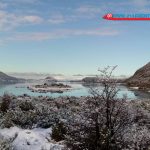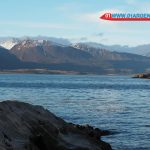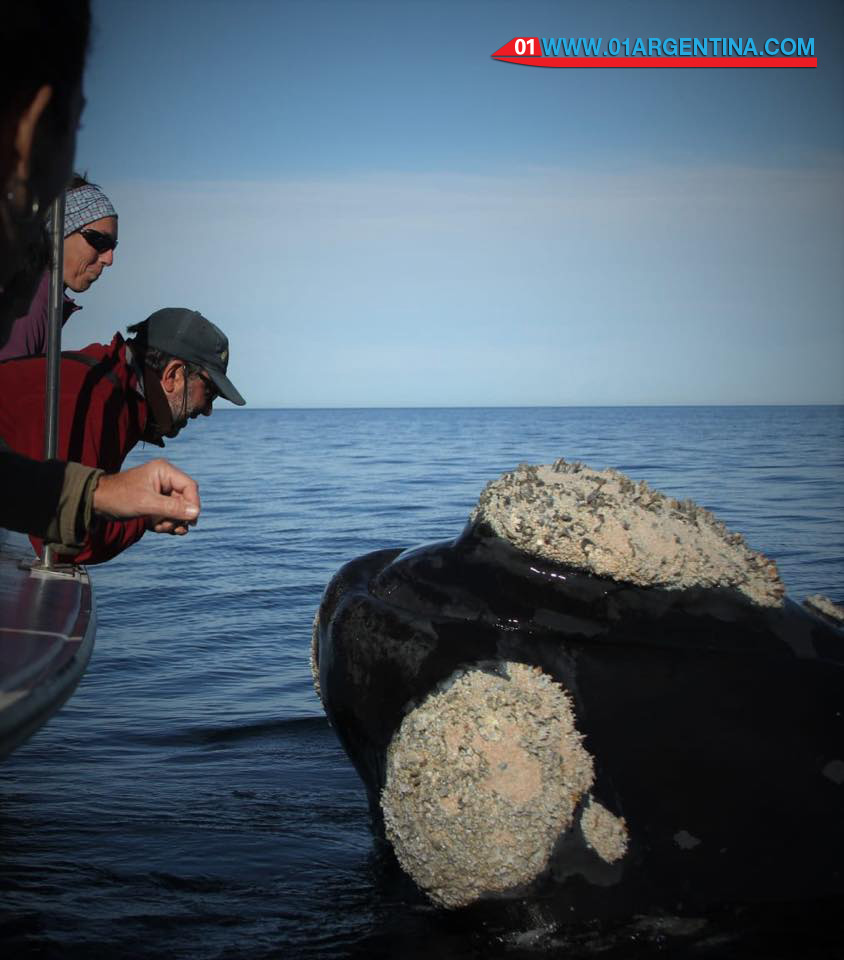 Patagonia Argentina its natural beauties are varied, in its territory it has lakes, rivers, mountains, valleys, steppe landscapes and beaches. Patagonia Argentina offers multiple possibilities to both national and international tourism. As far as its resources are concerned, we find oil, wool, fruit growing, mining, fishing, forests and we highlight: tourism.
Patagonia Argentina its natural beauties are varied, in its territory it has lakes, rivers, mountains, valleys, steppe landscapes and beaches. Patagonia Argentina offers multiple possibilities to both national and international tourism. As far as its resources are concerned, we find oil, wool, fruit growing, mining, fishing, forests and we highlight: tourism.
Perito Moreno Glacier, Santa Cruz, Argentina
Due to the spectacular nature of the view it offers, the Perito Moreno Glacier is considered the eighth wonder of the world. The imposing mass of endless ice surrounded by forests and mountains is a sight that few want to miss. In fact, this place is, along with Puerto Madryn (in Chubut) and the Iguazu Falls (in the northern province of Misiones), one of the most visited places by foreigners in the country, and emblematic of Argentine tourism.
You can get to the Glacier in walks by land, or alternating stages of navigation on the route. If the visitor arrives with his own vehicle, he must travel the Provincial Route Nº 15, traveling from El Calafate approximately 78 kilometers, in an hour and a half of trip. Another very attractive way to visit the glacier is the “minitrekking” (walk on ice).
Perito Moreno is one of the many glaciers that form Los Glaciares National Park. All form the Patagonian Continental Ice (17,000 kilometers long), one of the most important reserves of drinking water in the world. It is that 90% of the fresh water of the planet is in the glacial zones: after Antarctica and Greenland, our region continues. This extends between 47º and 51º of latitur south, reaches the Chilean fjords and in the east to the Argentine lakes. The North Continental Ice is located entirely in the neighboring Republic of Chile, while the South Patagonian Continental Ice is shared between the two nations.
Here all the Glaciers of the National Park are born, among which stands out the Perito Moreno Glacier. Tourists can approach 300 or 400 meters from the glacier tongues.
Surrounded by snow-capped peaks and forests of lenga and ñires, these ice cover about 195 km2 (according to other sources 235), that is, more than the surface of the Federal Capital, which is at a great distance: 2,800 km. A halo of infinite peace, on the virgin nature, makes it a great attraction for those who want to enjoy the pure air and the sound of silence. Sound that interrupts only the movement of the glacier, which constantly gives Lago Argentino immense blocks of ice. These, when detached from the socket of ablation, fall into the Canal de los Témpanos, producing a deep and thrilling rumble.
Way of the Seven Lakes
The best National Parks to visit in Patagonia Argentina. Mountains and dense forests of coihues accompany the winding gravel road that guides from one lake to another to those who embark on this adventure through the nooks that nature has drawn near Villa La Angostura.
Mirror Lake is the first to appear as soon as Nahuel Huapi has been pierced, and its attractive landscape is completed with a previous look at the northern head of Correntoso Lake and the old Hotel Ruca Malén that rises in its margin. Continuing the journey, we reach Lake Escondido, a small Neuquén beauty that will immediately give way to the entrance to the valleys of Lakes Villarino and Falkner.
Separated only by a narrow isthmus, these two lakes surprise with their majesty gaining the qualification of being the most picturesque of the route, in addition to having a magnificent waterfall and sites conditioned for the camper. Once entered into the Lanín National Park, the Beautiful Lake will be glimpsed, which does not fit more than its own name. The itinerary will have as its next stop the arid landscape of Lake Machónico, and then it will continue its course until it meets Lake Lácar, already in San Martín de los Andes.
The route starts at 11 kilometers from Villa La Angostura, on Av. Siete Lagos (RN 231) which then connects with RN 234, also called the Seven Lakes Road, towards San Martin de los Andes, distant 110 kilometers.
Cerro Fitz Roy, Santa Cruz, Argentina
Proud and challenging, the city of El Chaltén shelters within its territorial limits Mount Fitz Roy, known by the aborigines as Chaltén, 3405msnm, and Cerro Torre 3128msnm, arrogantly privileged to contain two of the most difficult mountains to climb Worldwide. Located to the north of the Los Glaciares National Park marking a natural limit with Chile, these peaks constantly seduce those impassioned by climbing, who come from the most diverse parts of the world willing to challenge them and overcome difficulties.
Ascended for the first time in different years of the same decade, the 50s of the 20th century, both present as the ideal season of ascent the months of February and March, and despite having already been conquered numerous times, continue to be one of the main Challenges for lovers of adrenaline and mountaineering.
The terrain is also ideal for the sighting of many native species, among which stand out the small pudu, the huemul and the magnificent condor.
Whale Watching in Chubut, Patagonia, Argentina
Only in Chubut you can enjoy the possibility of embarking to get close to huge whales, play with dolphins or enjoy the company of the Tonina Overa. Only in Chubut you can do it through companies qualified for this purpose, with professional guides that prioritize the care of the species, who know and love each one of the specimens and who transmit their wisdom so that the tourist experience is complete.
Whale watching
It takes place in Península Valdés, from the town of Puerto Pirámides, and the season of sightings extends from June to mid-December. In this beautiful spa town you can choose the service of six companies that will take you to the most exciting encounter with the Southern Right Whale. They visit us as they choose the tranquility of the waters of the Gulfs to mate and give birth to their offspring. Seeing a Whale with its Ballenato is one of the most wonderful shows. Knowing also that they are protected and that their number increases progressively on our coasts is even more so. The Sighting lasts approximately one hour, according to the proximity of the specimens. The small boats approach prudential distances and that’s where the whale watching, even going under the boat, where they can be observed and photographed thanks to the absolute transparency of the waters. Different species can be sighted in the world, but here in Argentina, in Chubut, Puerto Pirámides is the only place where it is done professionally, banning access to private boats, since the only owners of this piece of the sea in the world are them , the whales.
Such is the relationship of Puerto Pirámides with the marine animals that arrive to its coasts, that certain orcas, dolphins and especially whales, are recognized by the locals with specific names with which the frequent visitors have been baptized.
Puerto Pirámides is located in Península Valdés, Atlantic coast of the Province of Chubut, Patagonia Argentina.
Puerto Pirámides is within the Protected Natural Area of Valdés Peninsula, a Natural World Heritage Site (UNESCO 1999).
Punta Tombo in Chubut, Patagonia, Argentina
Full of magic between the months of September and April, Punta Tombo annually protects thousands and thousands of Magellanic penguins that have chosen this site from the Argentine Patagonian coast to reproduce and prolong the species. A unique spectacle impossible to find in another part of the continent, for about seven months the Magellan penguin colony develops its life normally before the gaze of countless tourists who arrive at Punta Tombo attracted by the majestic natural scene.
Declared a provincial reserve, with the objective of providing a favorable environment and protecting one of the most diverse seabird colonies in Argentina, Punta Tombo is home to almost two million Magellanic penguins. Other species of seabirds have also chosen this magnificent Patagonian site to nest and raise their chicks, including the gray or austral seagull, the skua or robber, the royal cormorant and the black-necked pigeon, the Antarctic pigeon, the duck Steam, terns and petrels.

